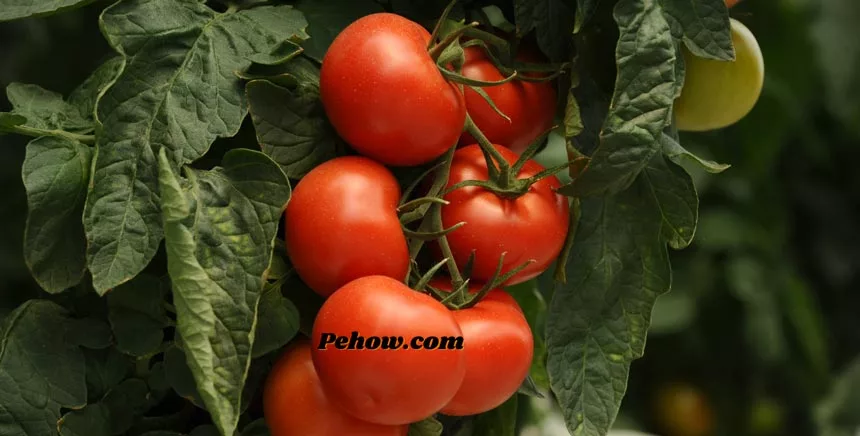I know you’re probably thinking, can I really plant tomatoes in the same spot every year? But, believe me, I found several people who do claim to have had successful harvests by planting tomatoes in the same spot year after year.
I also found some who said it was a total failure. So, can you really plant tomatoes in the same spot every year?
The answer is technically yes, but it’s a bit of a risk. The main reason you wouldn’t want to plant tomatoes in the same spot year after year is because of disease. Planting in the same spot can lead to a build-up of diseases that can harm or even kill your plants.
Tomatoes are especially susceptible to a few diseases, including early blight, fusarium wilt, and verticillium wilt. So, if you do choose to plant tomatoes in the same spot year after year, be sure to rotate your crops and keep an eye out for any signs of disease.
Keep reading to learn more about why you shouldn’t plant tomatoes in the same spot every year.
What can be the problem with planting tomatoes in the same place every year?
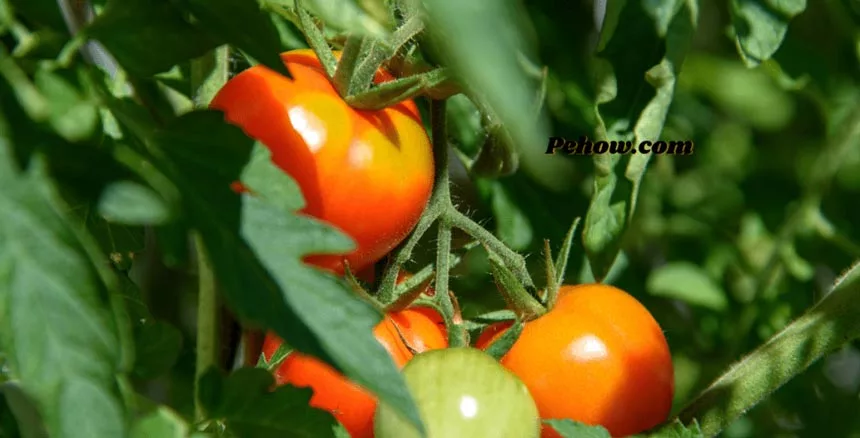
I have seen in many forums the question of what could be the problem if tomatoes are planted in the same place every year? To be honest, if you have good soil there shouldn’t be a problem.
The main reason people say not to plant in the same place is because of disease build-up in the soil. Over time, diseases can build up in the soil and if you plant tomatoes in the same spot year after year, they can become more susceptible to those diseases.
Tomatoes are susceptible to a number of diseases, including verticillium wilt, fusarium wilt, and nematodes. These diseases can linger in the soil for years, infecting new plants that are planted in the same spot. If you notice that your plants are wilting or produce fewer tomatoes than usual, it’s a sign that the disease is present in the soil.
Another reason is that if you don’t rotate your crops, the nutrients in the soil can become depleted, and your tomatoes may not be as healthy.
So, while there’s no problem with planting tomatoes in the same spot every year, it is a risk. If you have good soil and don’t mind taking the chance of diseases or nutrient depletion, then go ahead and plant your tomatoes in the same spot year after year. Otherwise, it’s probably best to rotate your crops to help keep your soil healthy.
How can I avoid this problem?
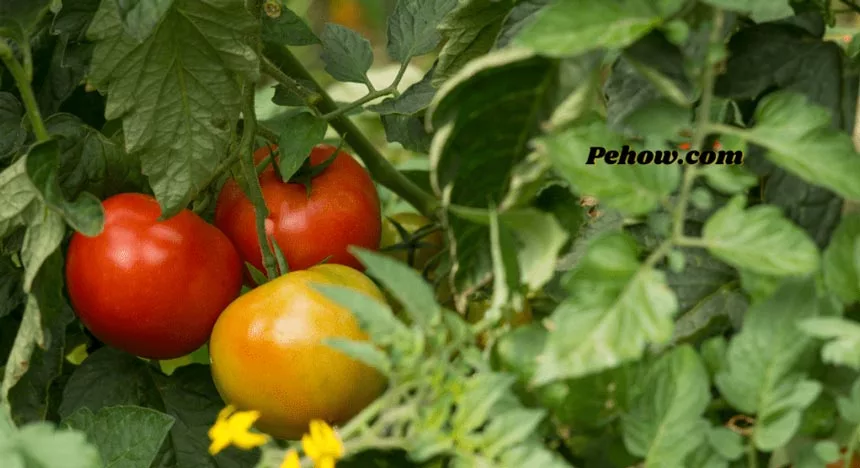
Avoiding this problem is not a big deal. You can deal with these problems with little effort. Here are some tips to avoid this problem.
choose a different spot
You can simply choose a different spot to plant your tomatoes every year. This will help reduce the risk of disease and pests.
rotate your crops
Another way to avoid this problem is to rotate your crops. This means planting a different crop in the same spot each year. This will help reduce the chances of disease and pests.
Prepare the soil well before planting
It is important to prepare the soil well before planting tomatoes in the same spot every year. This can be done by mixing compost or manure into the soil a few weeks before planting. This will help to add nutrients to the soil and improve its structure.
Use organic matter to improve the quality of the soil
When you plant tomatoes in the same spot every year, you can improve the quality of the soil by adding organic matter. This can be done by adding compost, mulch, or manure to the soil. By doing this, you will help to improve the structure of the soil and increase its fertility.
avoid using too much nitrogen fertilizer
Tomatoes are a great vegetable to grow in your garden, but if you’re using too much nitrogen fertilizer, you may be doing more harm than good. Excess nitrogen can actually harm the plant and can lead to problems like leaf curl and blossom-end rot.
It’s best to use a slow-release nitrogen fertilizer instead of a quick-release one. This will help to reduce the risk of leaf curl and blossom-end rot.
What can you not plant after tomatoes?
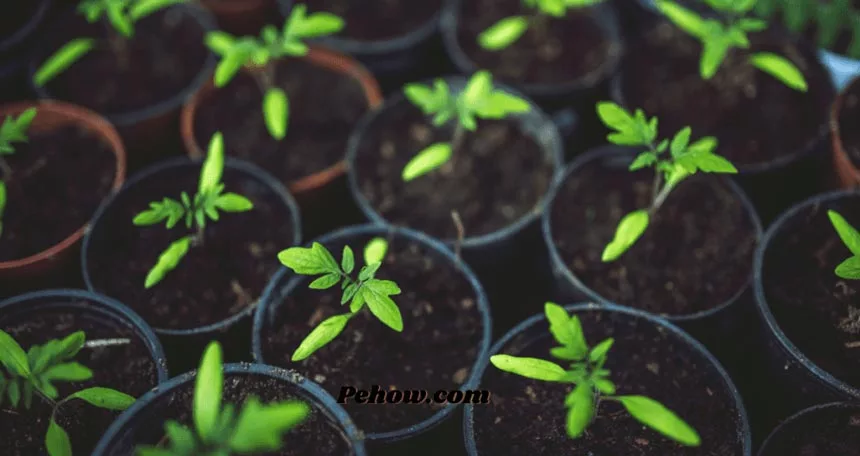
You can’t plant any vegetables in the same spot where tomatoes were grown the previous year. This is because tomatoes are heavy feeders and can deplete the soil of nutrients.
If you plant another vegetable in that spot, it will not be able to grow properly. You should also avoid planting potatoes in the same spot as tomatoes. This is because both plants are susceptible to the same diseases and pests.
What should be planted after tomatoes?
After tomatoes, it is best to plant peppers, eggplant, or okra. These vegetables are part of the nightshade family and share many of the same characteristics as tomatoes.
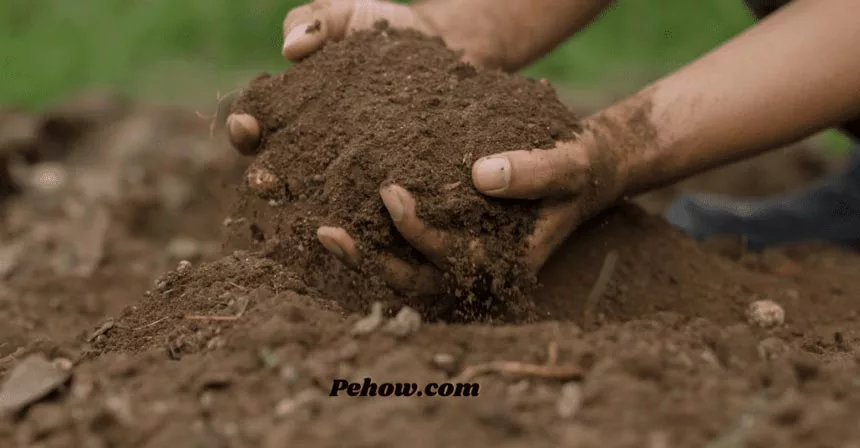
They are all heat-loving plants that do best in well-drained, nutrient-rich soils. Peppers, eggplant, and okra can also be planted in the same spot where tomatoes were grown the previous year.
What do you do with old tomato soil?
You can rejuvenate it with new nutrients and amendments, or you can start fresh with new soil. If you choose to plant tomatoes in the same spot every year, it’s important to take some precautions to ensure that your plants are healthy and productive.
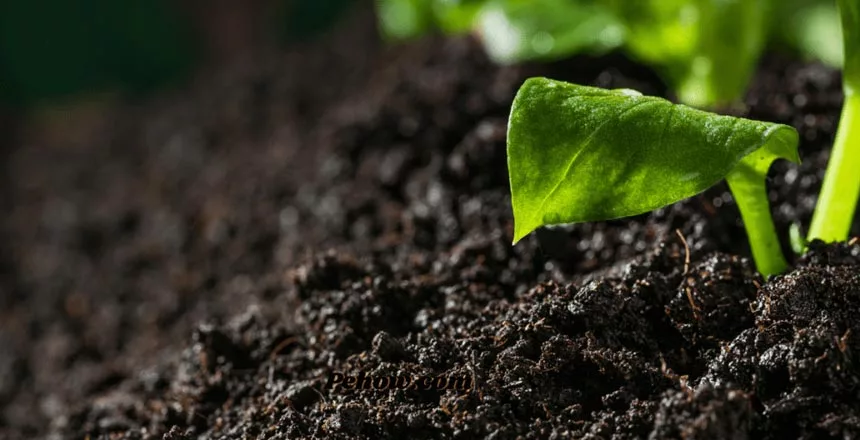
What is a 3-year crop rotation?
Crop rotation is a system of planting crops in a specific order so that the soil can recover from the depletion of minerals that each crop causes.
There are many benefits to crop rotation, including improved soil health, reduced weed growth, and reduced pest and disease problems.
One of the most important benefits of crop rotation, however, is that it can help to prevent the build-up of harmful soilborne pathogens that can infect crop plants.
You may also like:https://pehow.com/how-to-compliment-a-gardener-the-top-10-ways/
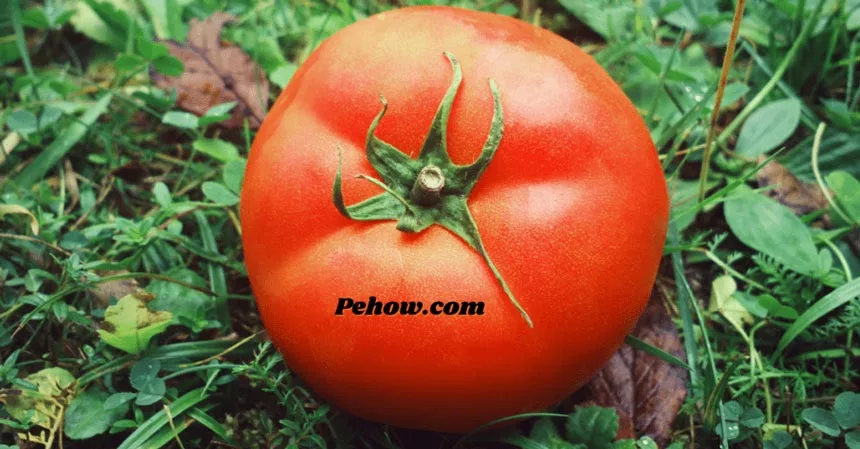
What are the worst companion plants for tomatoes?
Some plants can be harmful to tomatoes when planted near them, while others can simply compete for nutrients and sunlight. The following are some of the worst companion plants for tomatoes:
Potatoes
potatoes can inhibit the growth of tomatoes, as they produce a substance that can prevent the tomato plant from taking up potassium from the soil.
Corn
corn can also inhibit the growth of tomatoes, as it produces a substance that can prevent the tomato plant from taking up calcium from the soil.
Eggplant
eggplant can produce a substance that can prevent the tomato plant from taking up magnesium from the soil.
Beans
beans can compete with tomatoes for nutrients, and can also attract pests.
Cucumbers
cucumbers can also compete with tomatoes for nutrients. Additionally, they can spread diseases to the tomato plants.
The Summary
Now that you know the answer to can I plant tomatoes in the same spot every year, you can make an informed decision about whether or not to do so.
While it is possible to plant tomatoes in the same spot every year, it is risky and can result in reduced yields. If you choose to plant tomatoes in the same spot every year, be sure to take precautions to ensure that your plants are healthy and productive.
Additionally, it is important to remember that crop rotation can be beneficial for the health of your soil and plants. Therefore, it is best to plant other vegetables in the spot where tomatoes were grown the previous year. This will help to keep your soil healthy and reduce the risk of pests and diseases.


